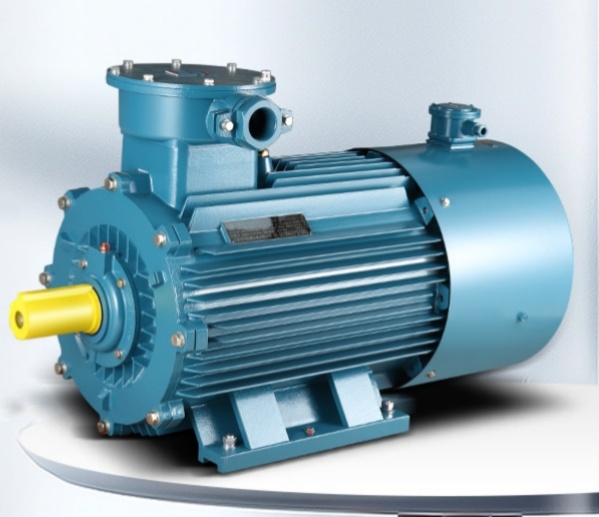- English
- 简体中文
- Esperanto
- Afrikaans
- Català
- שפה עברית
- Cymraeg
- Galego
- 繁体中文
- Latviešu
- icelandic
- ייִדיש
- беларускі
- Hrvatski
- Kreyòl ayisyen
- Shqiptar
- Malti
- lugha ya Kiswahili
- አማርኛ
- Bosanski
- Frysk
- ភាសាខ្មែរ
- ქართული
- ગુજરાતી
- Hausa
- Кыргыз тили
- ಕನ್ನಡ
- Corsa
- Kurdî
- മലയാളം
- Maori
- Монгол хэл
- Hmong
- IsiXhosa
- Zulu
- Punjabi
- پښتو
- Chichewa
- Samoa
- Sesotho
- සිංහල
- Gàidhlig
- Cebuano
- Somali
- Тоҷикӣ
- O'zbek
- Hawaiian
- سنڌي
- Shinra
- Հայերեն
- Igbo
- Sundanese
- Lëtzebuergesch
- Malagasy
- Yoruba
- Español
- Português
- русский
- Français
- 日本語
- Deutsch
- tiếng Việt
- Italiano
- Nederlands
- ภาษาไทย
- Polski
- 한국어
- Svenska
- magyar
- Malay
- বাংলা ভাষার
- Dansk
- Suomi
- हिन्दी
- Pilipino
- Türkçe
- Gaeilge
- العربية
- Indonesia
- Norsk
- تمل
- český
- ελληνικά
- український
- Javanese
- فارسی
- தமிழ்
- తెలుగు
- नेपाली
- Burmese
- български
- ລາວ
- Latine
- Қазақша
- Euskal
- Azərbaycan
- Slovenský jazyk
- Македонски
- Lietuvos
- Eesti Keel
- Română
- Slovenski
- मराठी
- Srpski језик
Revolutionizing Industrial Efficiency: The Rise of High Voltage Induction Motors
2024-08-15
Key Features and Benefits
High Voltage Induction Motors are distinguished by their ability to handle high power levels with minimal maintenance. Their simple yet efficient design, which typically includes a stator, rotor, and air gap, enables them to operate under harsh conditions, such as high temperatures and heavy loads. The motors are particularly valued for their long lifespan, reliability, and high efficiency, which can significantly reduce operational costs.
One of the most compelling advantages of HVIMs is their energy efficiency. As industries face increasing pressure to reduce carbon footprints, the adoption of high-efficiency motors like HVIMs is becoming crucial. These motors contribute to significant energy savings, aligning with global sustainability goals.
Applications Across Industries
The versatility of High Voltage Induction Motors allows them to be used in a wide range of applications. They are commonly found in industries such as:
Power Generation: HVIMs are used to drive pumps, compressors, and other critical machinery.
Mining: These motors power heavy-duty equipment, providing the necessary torque and power to extract and process raw materials.
Oil & Gas: In this industry, HVIMs are essential for operating pumps and compressors, ensuring the continuous flow of resources.
Manufacturing: HVIMs drive large machinery, ensuring smooth and efficient production processes.
Innovation and Future Outlook
As technology continues to advance, High Voltage Induction Motors are evolving with innovations such as variable frequency drives (VFDs) and advanced materials. These developments are improving motor efficiency and reliability even further, making them an even more attractive option for industries looking to optimize their operations.
The future of HVIMs looks promising, with increasing demand driven by the need for energy-efficient solutions in industrial applications. As industries continue to prioritize sustainability and cost-effectiveness, High Voltage Induction Motors are set to play an even more critical role in powering the future of industry.




